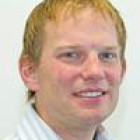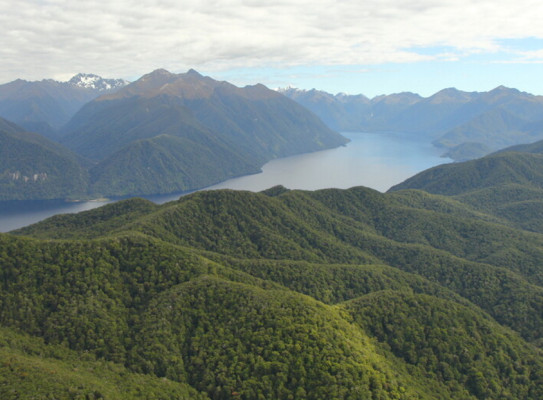
Ted Bertrand Magnetotellurics and Marine Geophysics Team Leader
Ted is a Senior Magnetotelluric (MT) Scientist and leads the Thermal Processes Project in the Te Riu-a-Māui Zealandia Programme, researching how heat, magma and metals are transferred within the crust. His primary interests are using MT to investigate geothermal, volcanic and tectonic processes in the Taupo Volcanic Zone. Over the past decade, this research has imaged connections between geothermal fields and their underlying magmatic roots, revealing pathways of heat transfer through the crust. Ted’s work has contributed to both exploration of geothermal resources in NZ and to their sustainable management. He also contributes MT expertise to commercial geothermal projects in NZ and overseas. Ted enjoys fieldwork and has undertaken MT measurements in Canada, USA, Taiwan, New Zealand, Japan, and Antarctica.
View Bio Contact Me